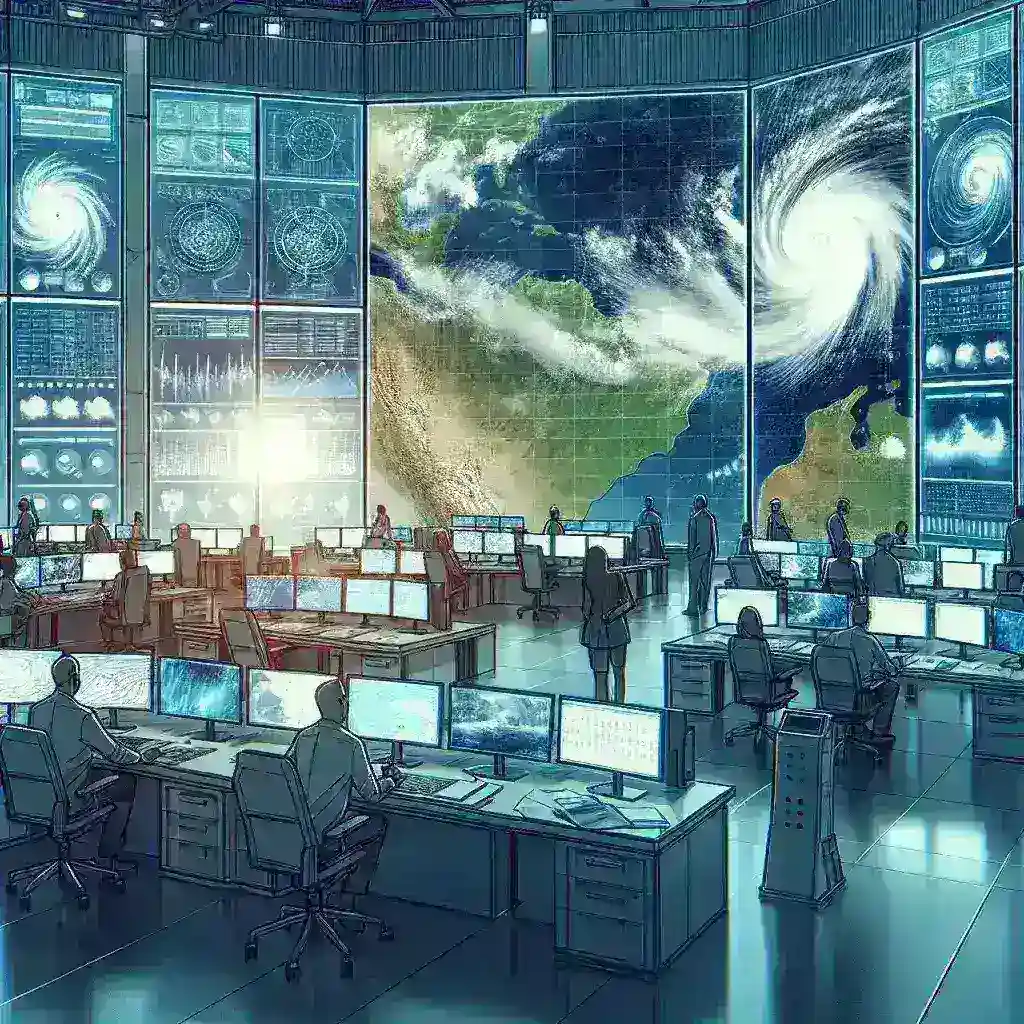Introduction
In an era where climate change increasingly affects weather patterns, timely and accurate storm alerts are crucial. Recognizing this imperative, Samsung has announced a groundbreaking partnership with the National Oceanic and Atmospheric Administration (NOAA) aimed at developing early storm alerting systems. This collaboration is set to revolutionize how communities receive storm warnings, potentially saving countless lives and mitigating property damage.
The Importance of Early Storm Alerts
Storms can arise with little warning, creating a dire need for effective alert systems. The integration of technology into disaster management has become a focal point for governmental and private entities alike. According to NOAA, the United States experiences over 1,000 severe thunderstorms each year, leading to significant casualties and economic losses. Early storm alerts can provide communities with the vital time needed to prepare and respond effectively.
Historical Context
The evolution of storm alerting systems has been remarkable. Initially, warnings were communicated through radio and television broadcasts. However, with the advent of mobile technology, alerts can now be sent directly to individuals’ smartphones. Samsung’s involvement seeks to enhance this further, utilizing its expertise in mobile technology to create more efficient alert systems.
Current Technology in Storm Alerting
- Wireless Emergency Alerts (WEA): This system sends short emergency messages to alert the public about severe weather conditions.
- National Weather Service (NWS) Alerts: These alerts provide continuous updates and notifications about storms and other hazardous weather.
- Mobile Applications: Various apps provide users with customized alerts based on their location.
Samsung’s Innovative Approach
Samsung’s partnership with NOAA aims to leverage artificial intelligence and machine learning to analyze weather patterns and improve the accuracy of storm predictions. By utilizing vast amounts of data collected from various sources, the system can provide real-time updates that are critical for timely evacuations and preparations.
How the System Works
The proposed system will integrate NOAA’s extensive meteorological data with Samsung’s advanced technologies. Here’s a step-by-step guide to how this innovative alert system is expected to function:
- Data Collection: NOAA gathers vast amounts of meteorological data from satellites, radars, and weather stations.
- Data Analysis: The data is processed using Samsung’s AI algorithms to predict potential storm activity.
- Real-Time Alerts: Once a storm is detected, the system will send alerts to affected areas through various channels, including mobile devices.
- Community Engagement: The system will also provide educational resources to help communities prepare for severe weather.
Future Predictions
As climate change accelerates, the frequency and intensity of storms are expected to increase. In a recent report by NOAA, it was indicated that the number of extreme weather events could double by 2050. This underlines the urgency for innovative alert systems that evolve with changing climatic conditions.
Benefits of the Samsung-NOAA Partnership
The collaboration between Samsung and NOAA is poised to offer numerous advantages:
- Enhanced Accuracy: The use of advanced technology ensures that alerts are more precise and timely.
- Wider Reach: By utilizing Samsung’s global distribution network, alerts can reach more individuals, even in remote areas.
- Community Preparedness: Educational initiatives will empower communities to act swiftly in the face of impending storms.
Challenges Ahead
While the partnership presents significant opportunities, there are also challenges that need to be addressed:
- Technology Adoption: Some communities may lack access to the latest technology required to receive alerts.
- Data Privacy Concerns: The collection of data for predictive analytics raises questions about personal privacy.
- Infrastructure Needs: Many areas may require upgrades to their existing infrastructure to support new technologies.
Real-World Examples
Looking at successful implementations of similar technologies can provide valuable insights. For example, the use of drones during Hurricane Harvey allowed emergency responders to assess damage and locate stranded individuals swiftly. Similarly, the integration of AI in weather forecasting has already shown significant improvements in predicting severe weather events.
Community Impact and Cultural Relevance
In regions prone to severe weather, the implications of Samsung’s partnership with NOAA extend beyond technical advancements. Communities that are better informed are likely to experience less anxiety during storm seasons. Furthermore, the cultural significance of community preparedness enhances local resilience, ensuring that populations can rebound rapidly after disasters.
Expert Opinions
Experts in meteorology and technology advocate for the integration of advanced technologies into public safety initiatives. Dr. Emily Thompson, a meteorologist at NOAA, states, “The collaboration with Samsung represents a significant step forward in our mission to protect lives and property through timely information. The use of AI in weather forecasting will provide communities with critical data they need to make informed decisions during storms.”
Conclusion
The partnership between Samsung and NOAA marks a pivotal moment in the enhancement of early storm alerting systems. As technology continues to evolve, the potential for creating safer living environments increases. With the implementation of this innovative system, communities can look forward to a future where timely information can make a difference between life and death. The significance of this collaboration cannot be overstated, as it aligns with the global need for improved disaster preparedness in an era marked by climate uncertainty.

